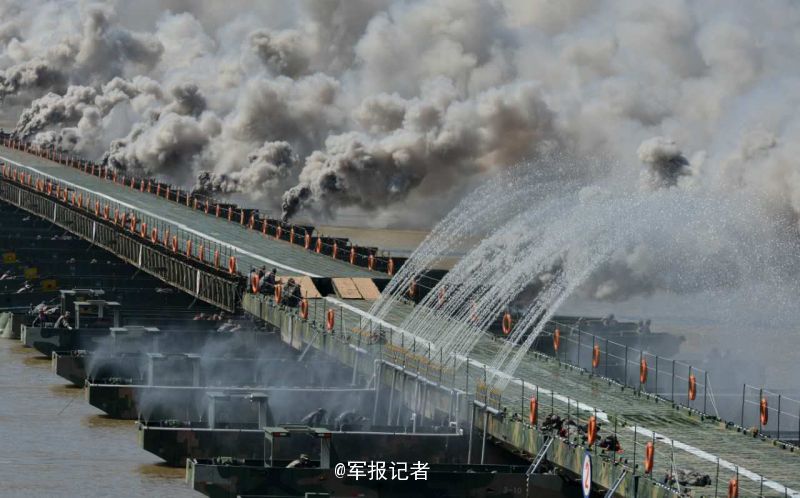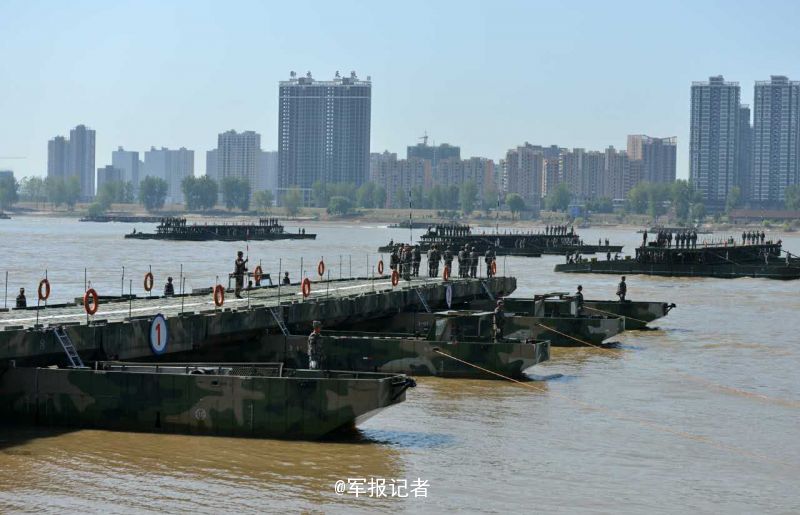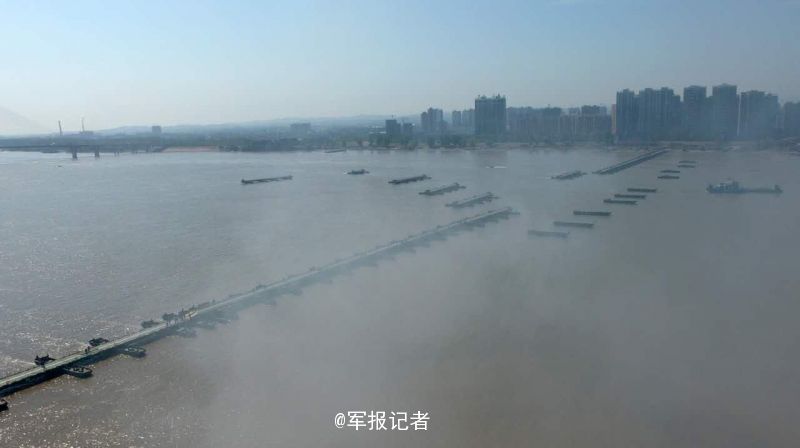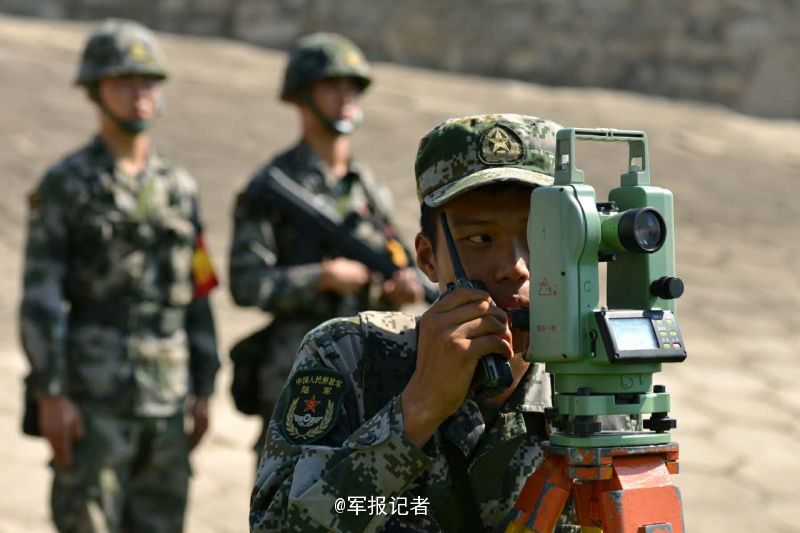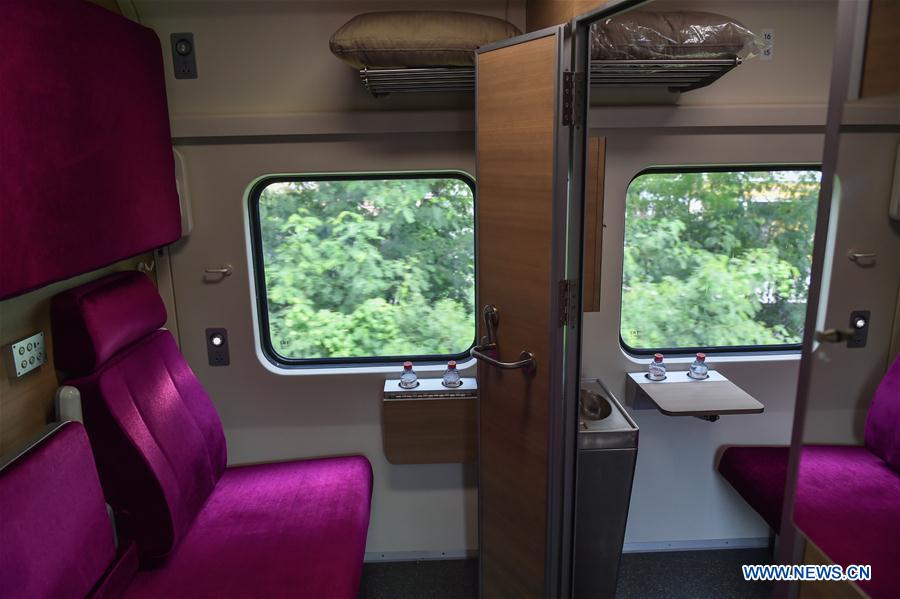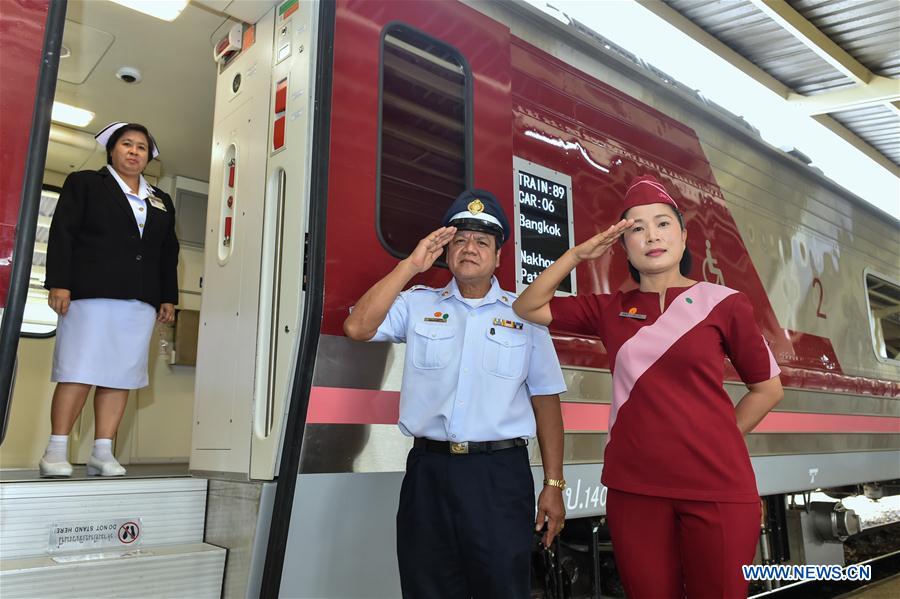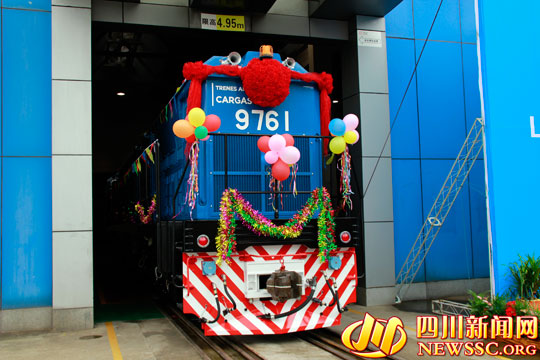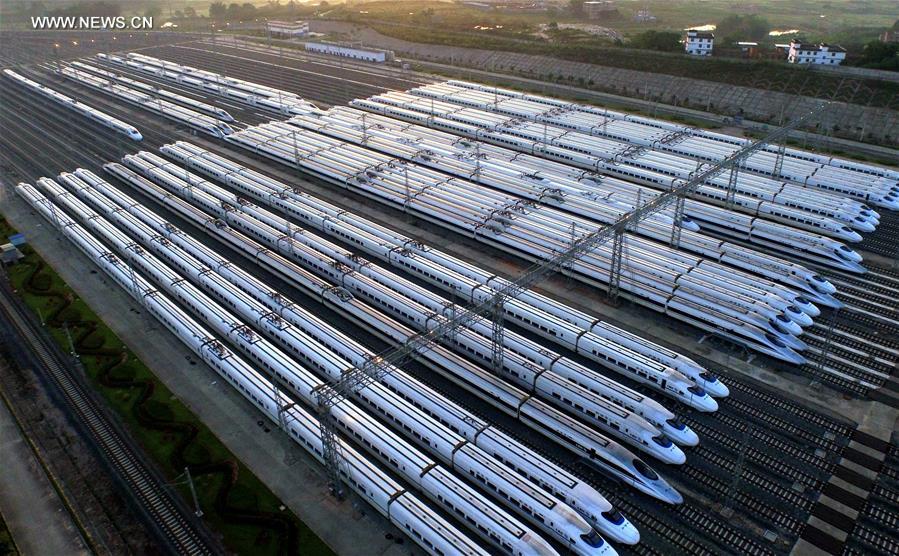ahojunk
RETIRED INTL MOD

- Joined
- Nov 17, 2014
- Messages
- 5,118
- Reaction score
- 6
- Country
- Location
More news on the Malaysia-Singapore HSR.
--------
900 Malaysians check out China's high-speed rail
By Luo Wangshu (China Daily)
August 25, 2016, 12:13 am TWN
Announcement of a plan to link Kuala Lumpur with Singapore stirs public, industrial interest
Around 900 Malaysians rode the bullet train from Beijing to Tianjin on Tuesday to experience the trademark Chinese technology in the wake of last month's announcement of a planned Malaysia-to-Singapore high-speed rail link.
Fauwati Abdul Rahman, a businesswoman from Malaysia, said she was excited to ride the train.
"It is the first time I have visited China and my first time in Beijing. Actually, it my first time to take a train. In my country, I usually drive," she said.
Rahman and her friends took selfies to post on social media.
"I like the high-speed train. It is very nice and fast," she said.
Rahman was part of a trip organized by the Malaysia-China Friendship Association, which invited Malaysians-especially those with high social and economic status-to visit China and experience its high-speed rail.
"It is a great opportunity for Malaysians to experience the high-speed train since Malaysia is planning to invest in a new urban transportation system, such as the Malaysia-Singapore high-speed rail plan," said Abdul Majid Ahmad Khan, president of the Malaysia-China Friendship Association.
Most of the tour members had never been to China before, and they were interested to see the railway, Khan said.
"I have taken high-speed trains in many countries, such as in Japan and in Europe. China's bullet train is comfortable," he said, noting that China has the technology and skills to build them well.
Zhou Li, director of China Railway Corporation's science and technology administration department, said, "China has mastered world-leading technology to build high-speed railways. In addition, it has experience in various environments, including extremely hot and cold weather conditions."
China's high-speed rail network covers more than 19,000 kilometers, accounting for 60 percent of the world's high-speed rail tracks.
Last month, the Singapore and Malaysia governments announced plans for a high-speed rail linking Singapore with the Malaysian capital, Kuala Lumpur. Chinese companies have shown an interest in bidding on the project, as are others from Japan, Europe and South Korea, said Khan, who served as the Malaysian ambassador to China from 1998 to 2005.
China has eyed high-speed rail projects overseas in recent years. It built the Jakarta-Bandung railway in Indonesia and the Moscow-Kazan railway in Russia.
Khan said many factors are involved in awarding the project, including technology, finance and management.
"Whoever can offer the best package will win. China has a good chance," he said.
Many Southeast Asian countries, such as Thailand, Laos and Indonesia, also have plans to construct high-speed railways.
--------
900 Malaysians check out China's high-speed rail
By Luo Wangshu (China Daily)
August 25, 2016, 12:13 am TWN
Announcement of a plan to link Kuala Lumpur with Singapore stirs public, industrial interest
Around 900 Malaysians rode the bullet train from Beijing to Tianjin on Tuesday to experience the trademark Chinese technology in the wake of last month's announcement of a planned Malaysia-to-Singapore high-speed rail link.
Fauwati Abdul Rahman, a businesswoman from Malaysia, said she was excited to ride the train.
"It is the first time I have visited China and my first time in Beijing. Actually, it my first time to take a train. In my country, I usually drive," she said.
Rahman and her friends took selfies to post on social media.
"I like the high-speed train. It is very nice and fast," she said.
Rahman was part of a trip organized by the Malaysia-China Friendship Association, which invited Malaysians-especially those with high social and economic status-to visit China and experience its high-speed rail.
"It is a great opportunity for Malaysians to experience the high-speed train since Malaysia is planning to invest in a new urban transportation system, such as the Malaysia-Singapore high-speed rail plan," said Abdul Majid Ahmad Khan, president of the Malaysia-China Friendship Association.
Most of the tour members had never been to China before, and they were interested to see the railway, Khan said.
"I have taken high-speed trains in many countries, such as in Japan and in Europe. China's bullet train is comfortable," he said, noting that China has the technology and skills to build them well.
Zhou Li, director of China Railway Corporation's science and technology administration department, said, "China has mastered world-leading technology to build high-speed railways. In addition, it has experience in various environments, including extremely hot and cold weather conditions."
China's high-speed rail network covers more than 19,000 kilometers, accounting for 60 percent of the world's high-speed rail tracks.
Last month, the Singapore and Malaysia governments announced plans for a high-speed rail linking Singapore with the Malaysian capital, Kuala Lumpur. Chinese companies have shown an interest in bidding on the project, as are others from Japan, Europe and South Korea, said Khan, who served as the Malaysian ambassador to China from 1998 to 2005.
China has eyed high-speed rail projects overseas in recent years. It built the Jakarta-Bandung railway in Indonesia and the Moscow-Kazan railway in Russia.
Khan said many factors are involved in awarding the project, including technology, finance and management.
"Whoever can offer the best package will win. China has a good chance," he said.
Many Southeast Asian countries, such as Thailand, Laos and Indonesia, also have plans to construct high-speed railways.



